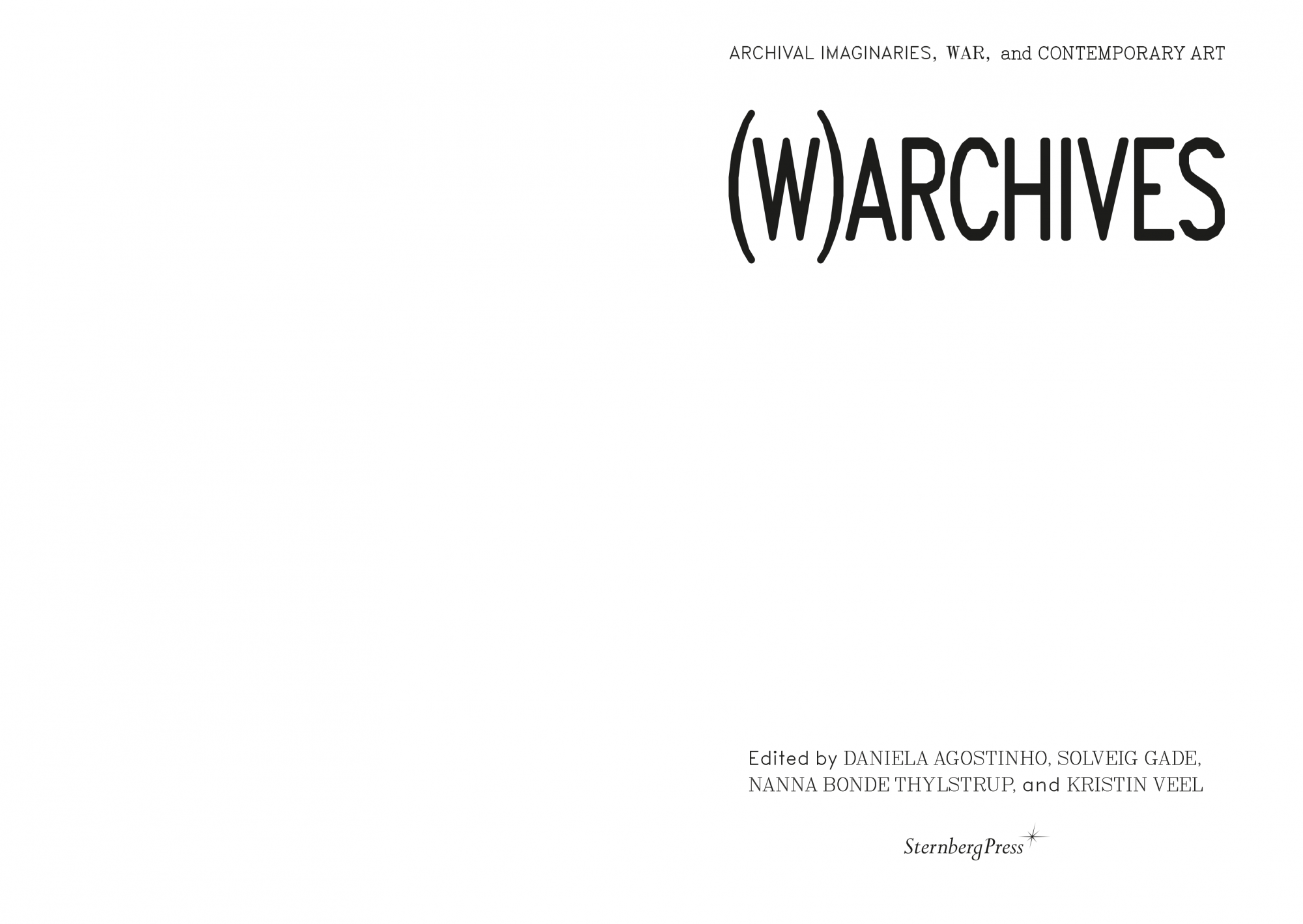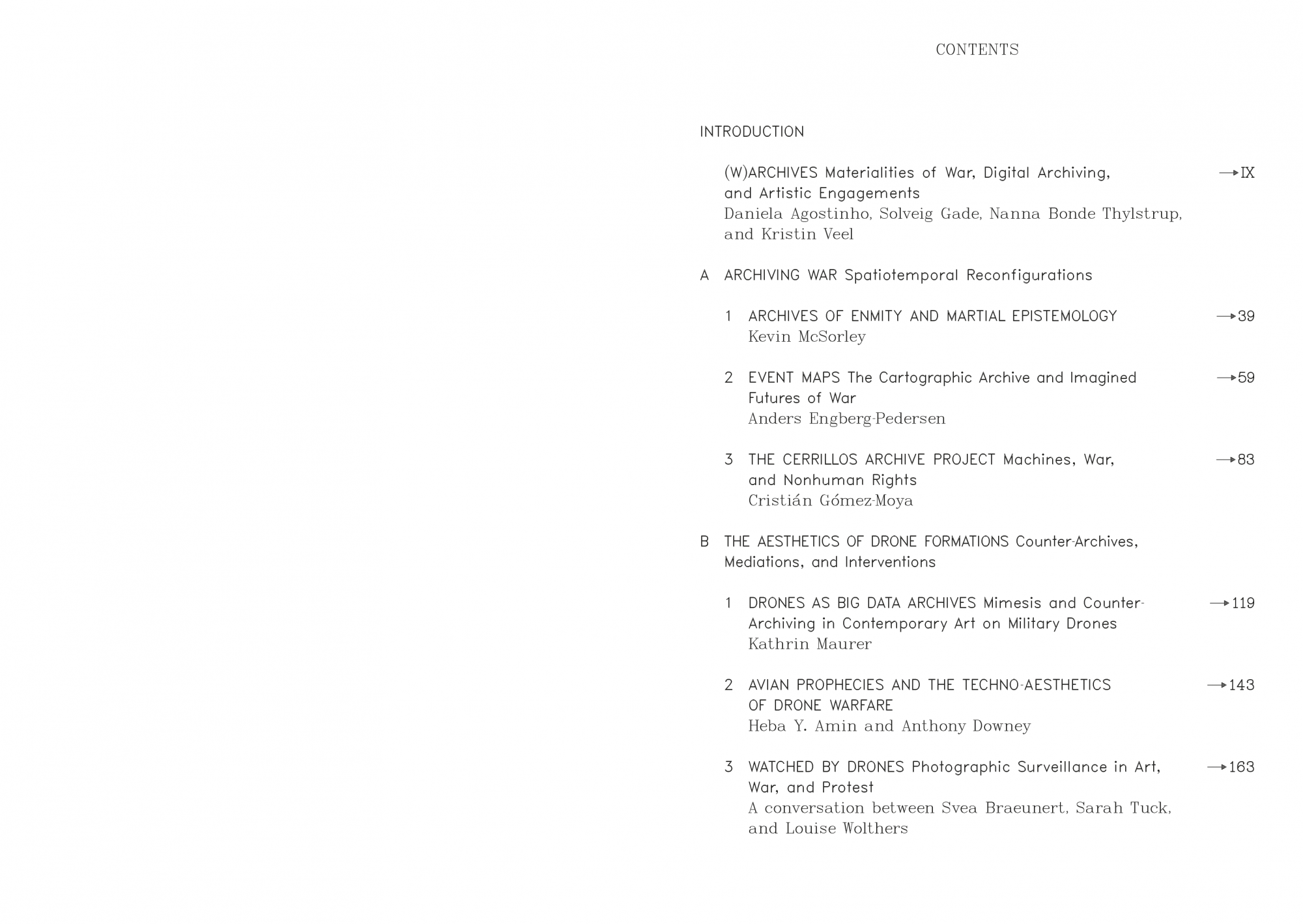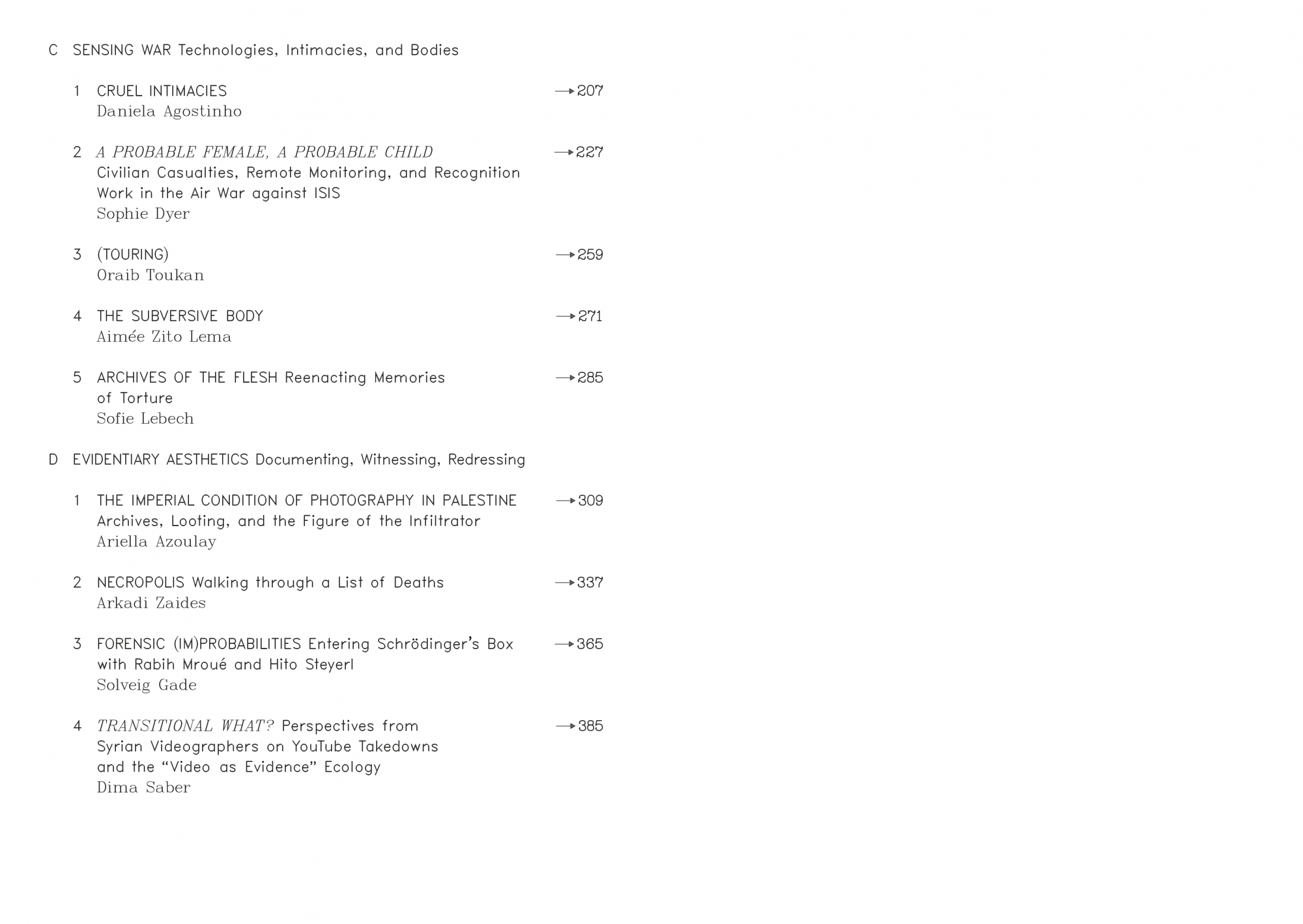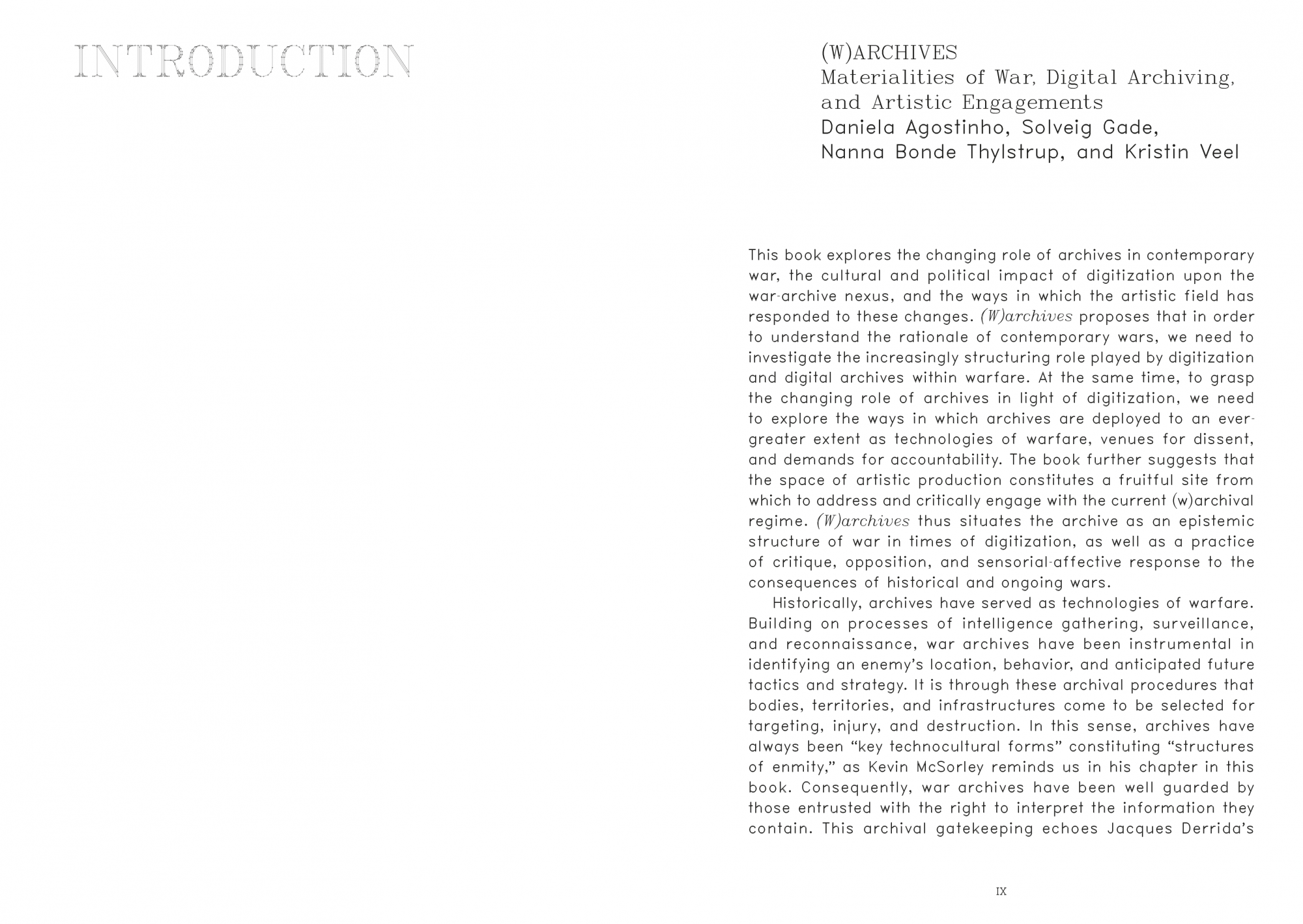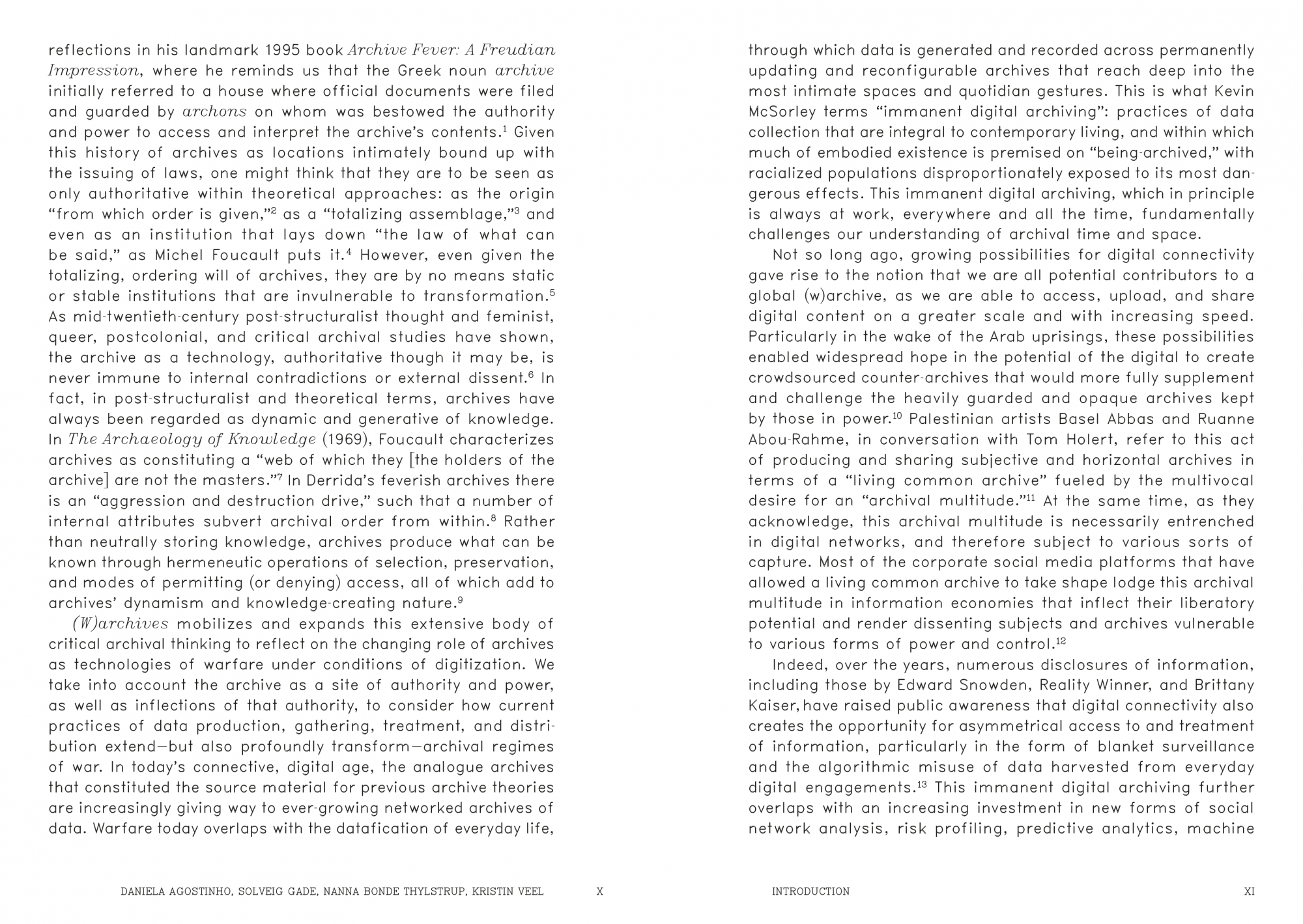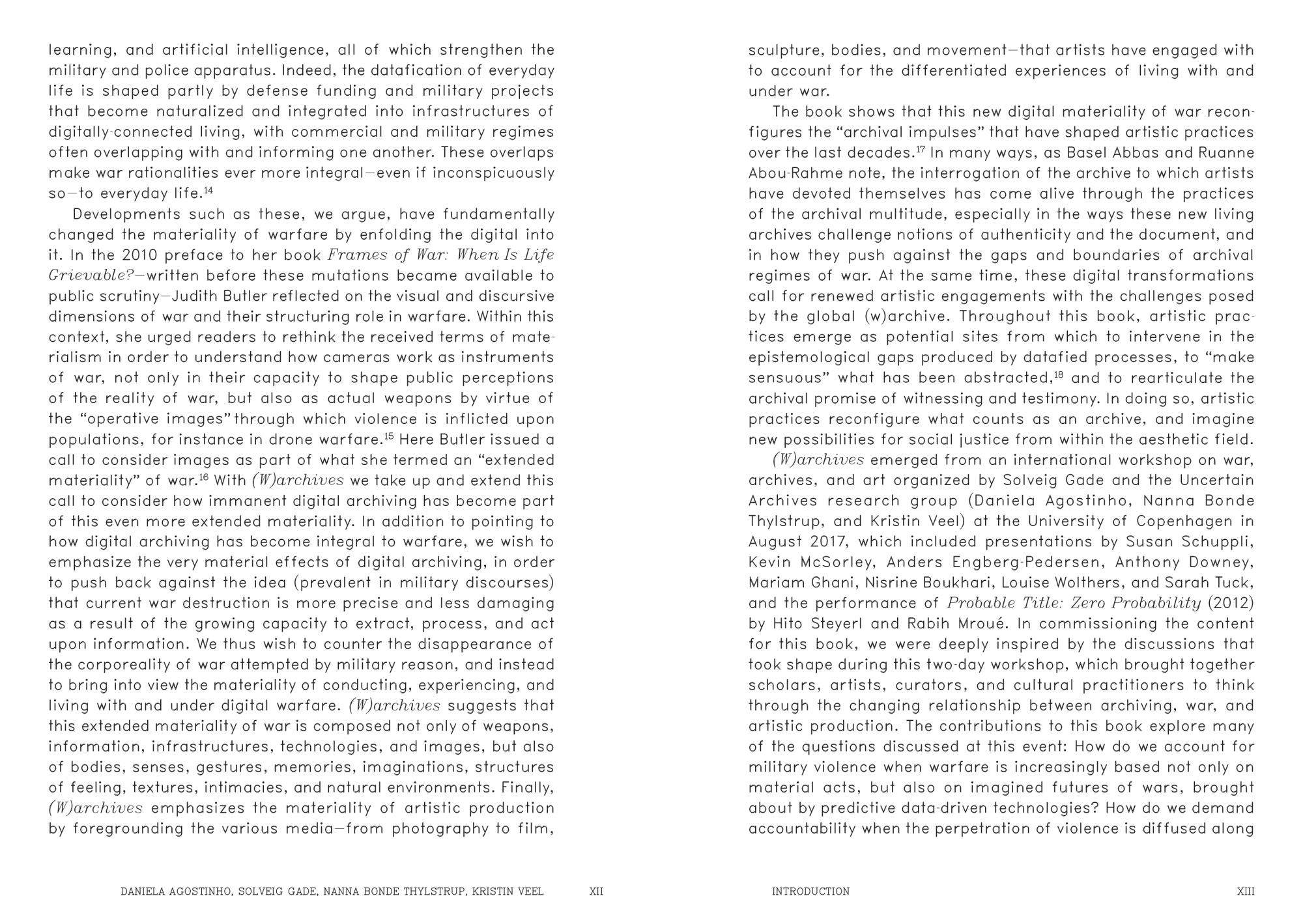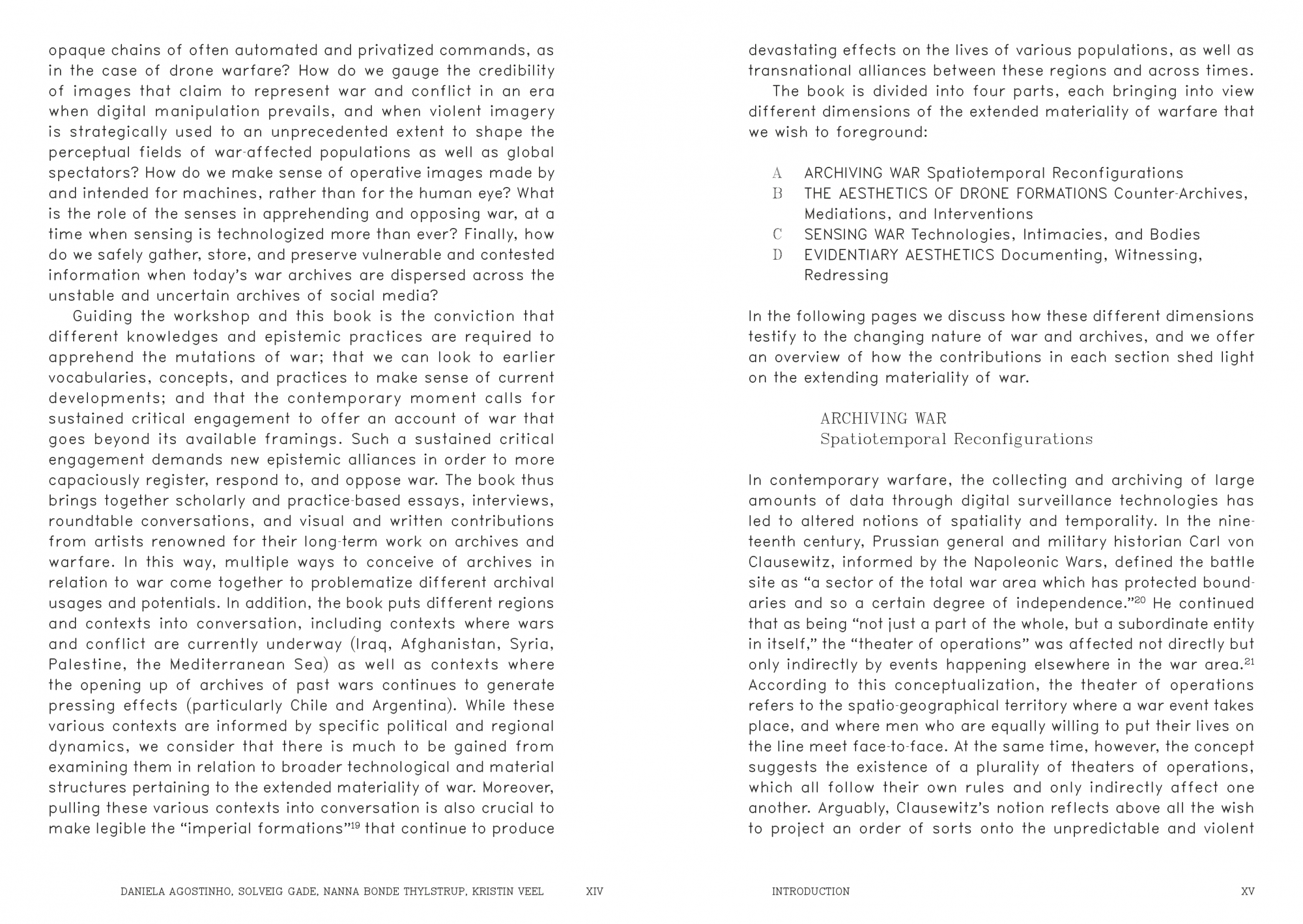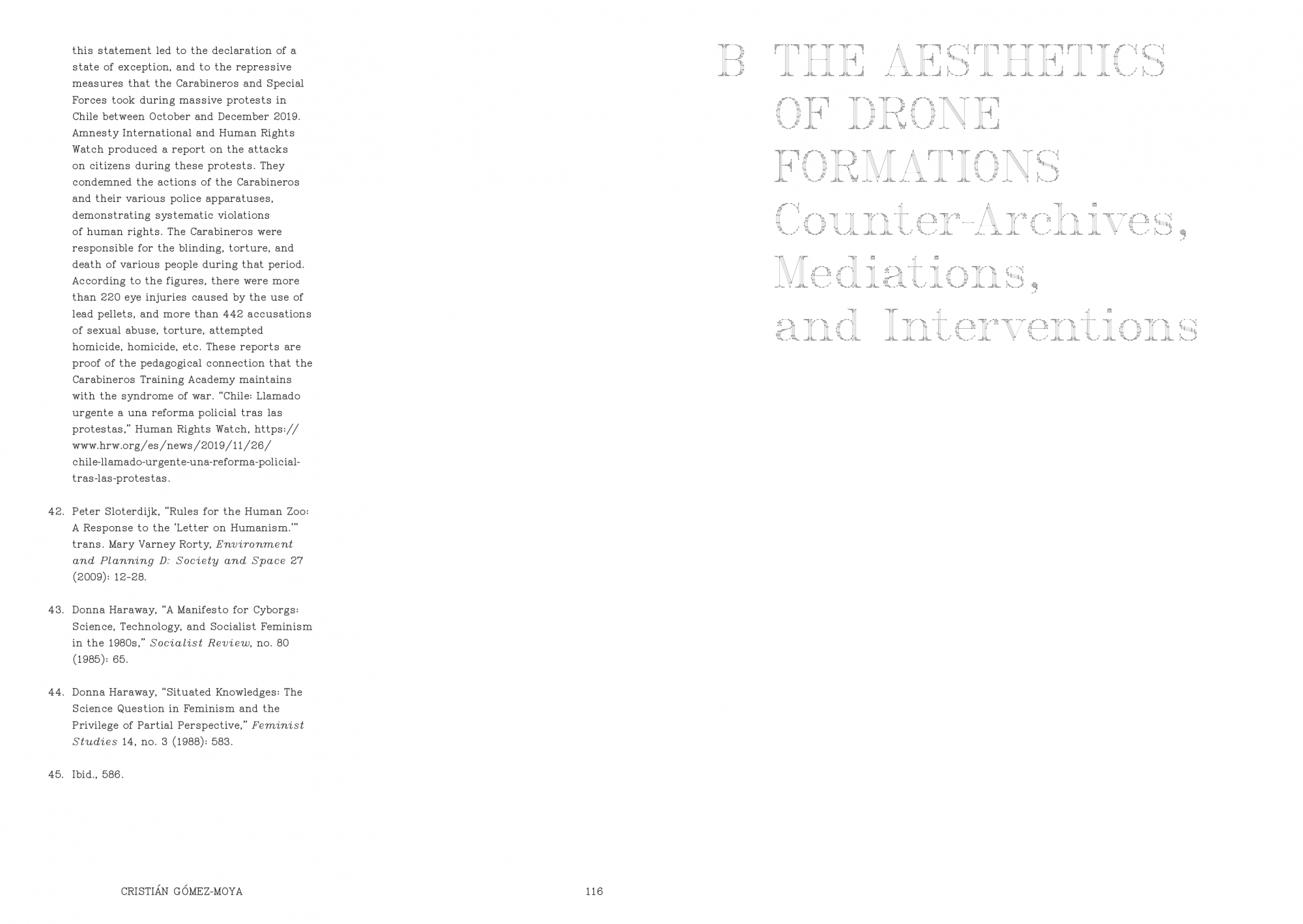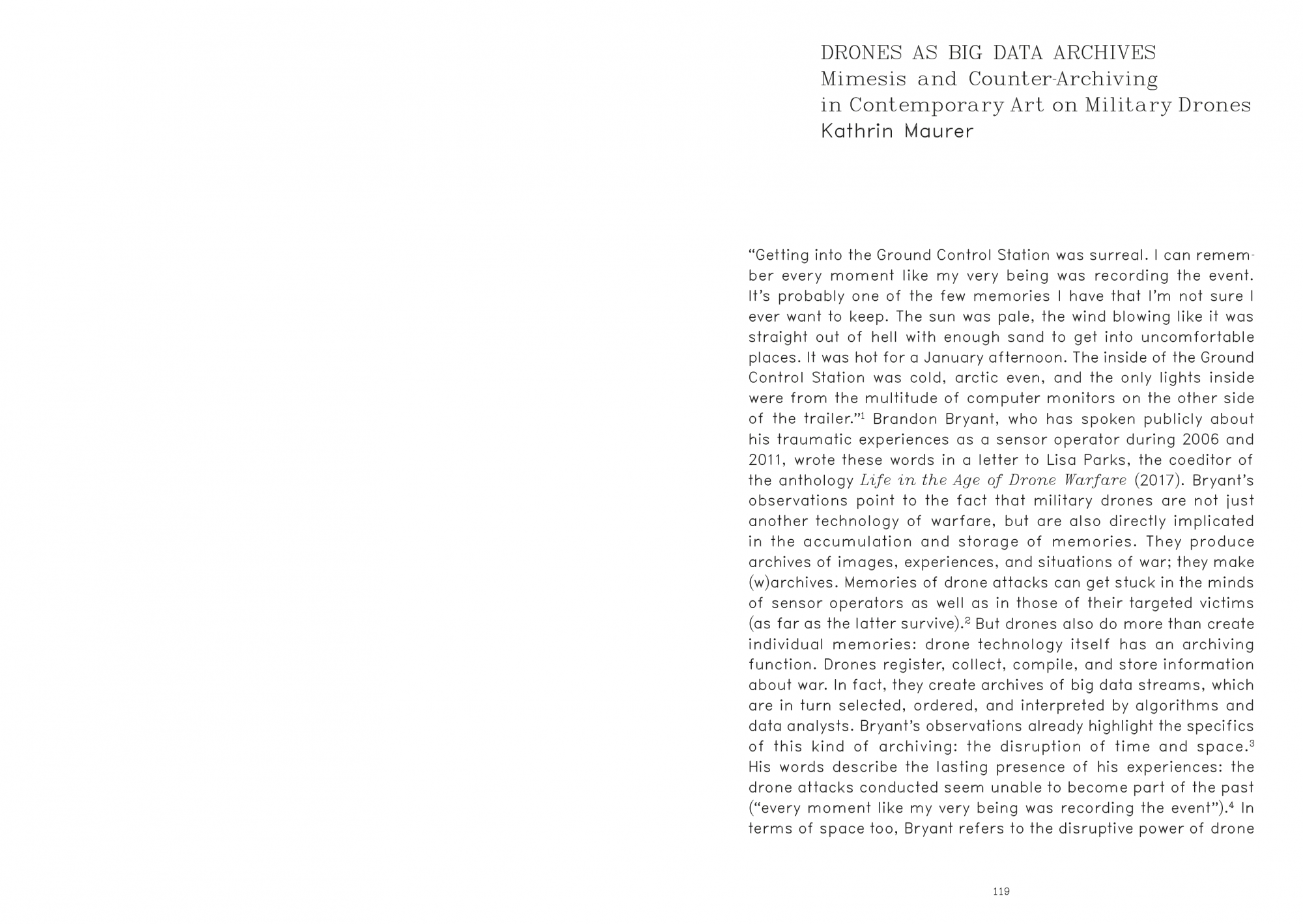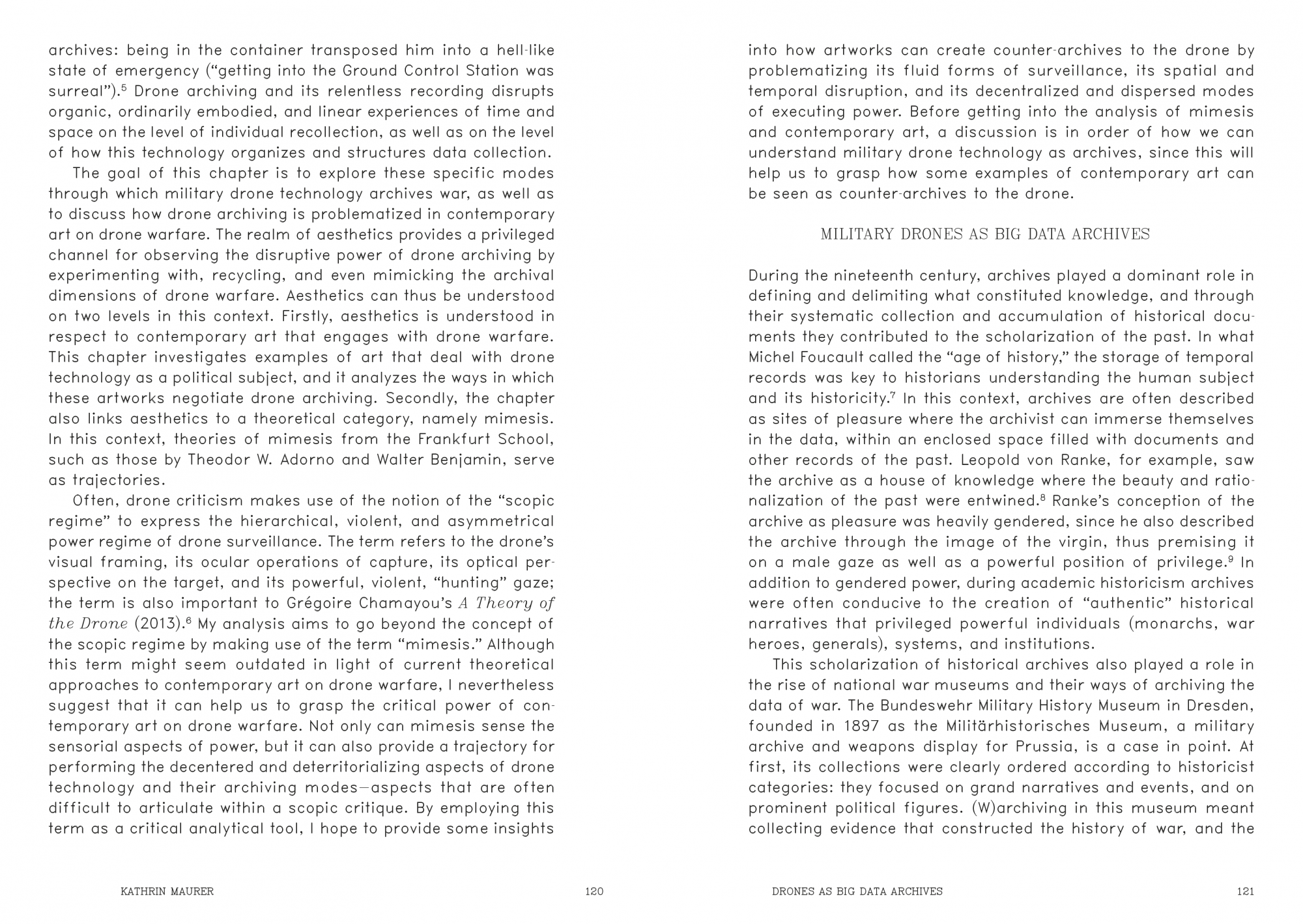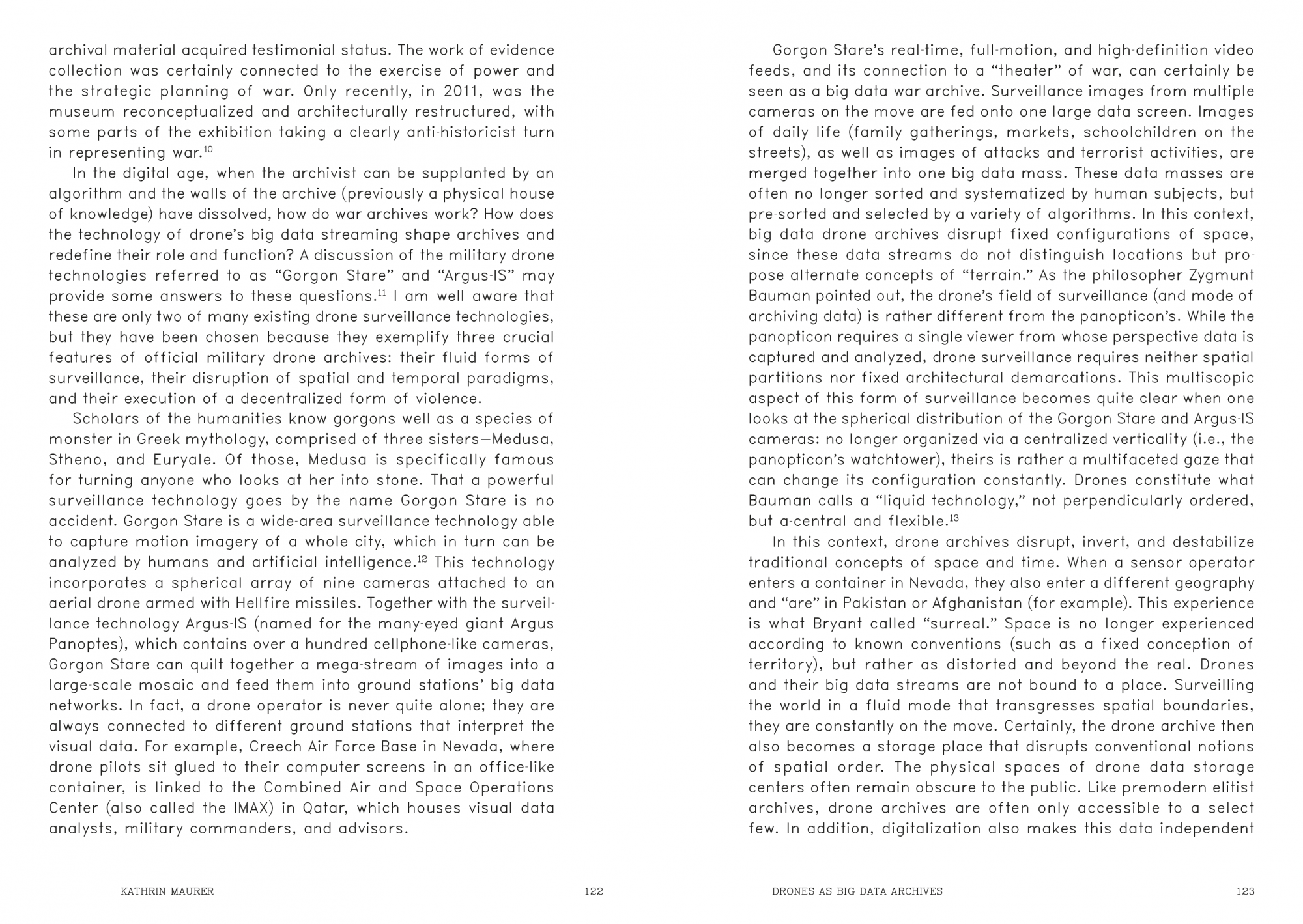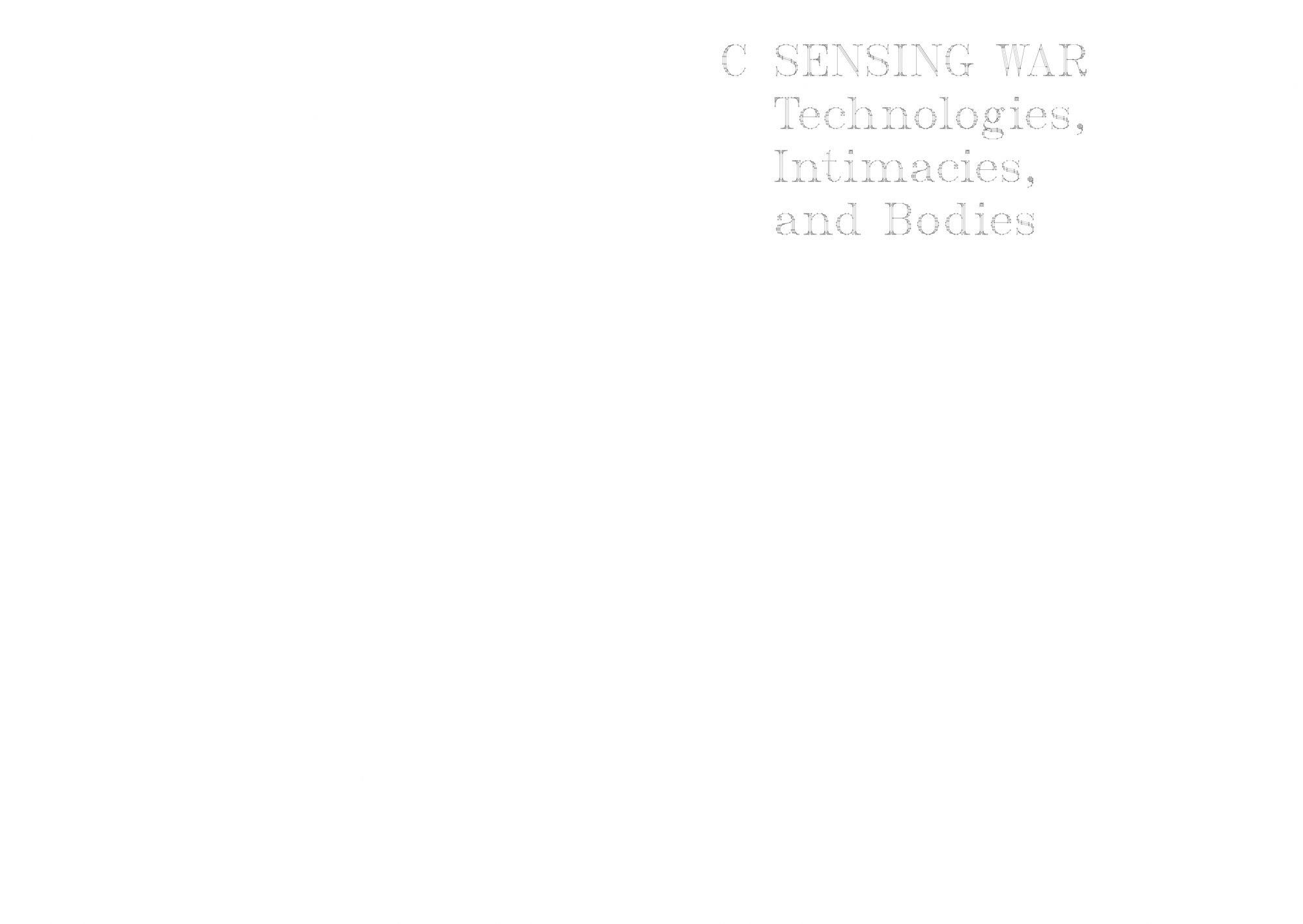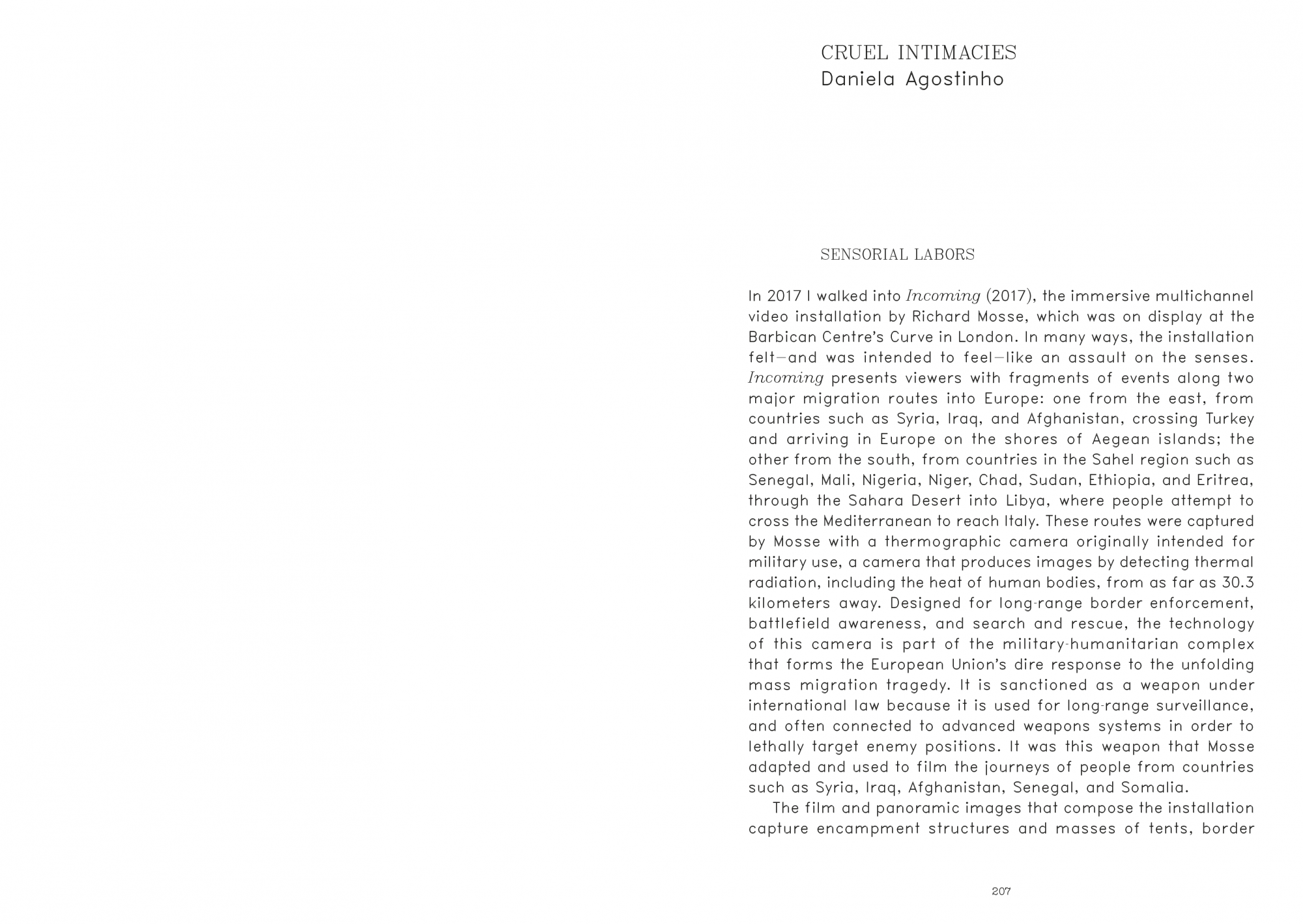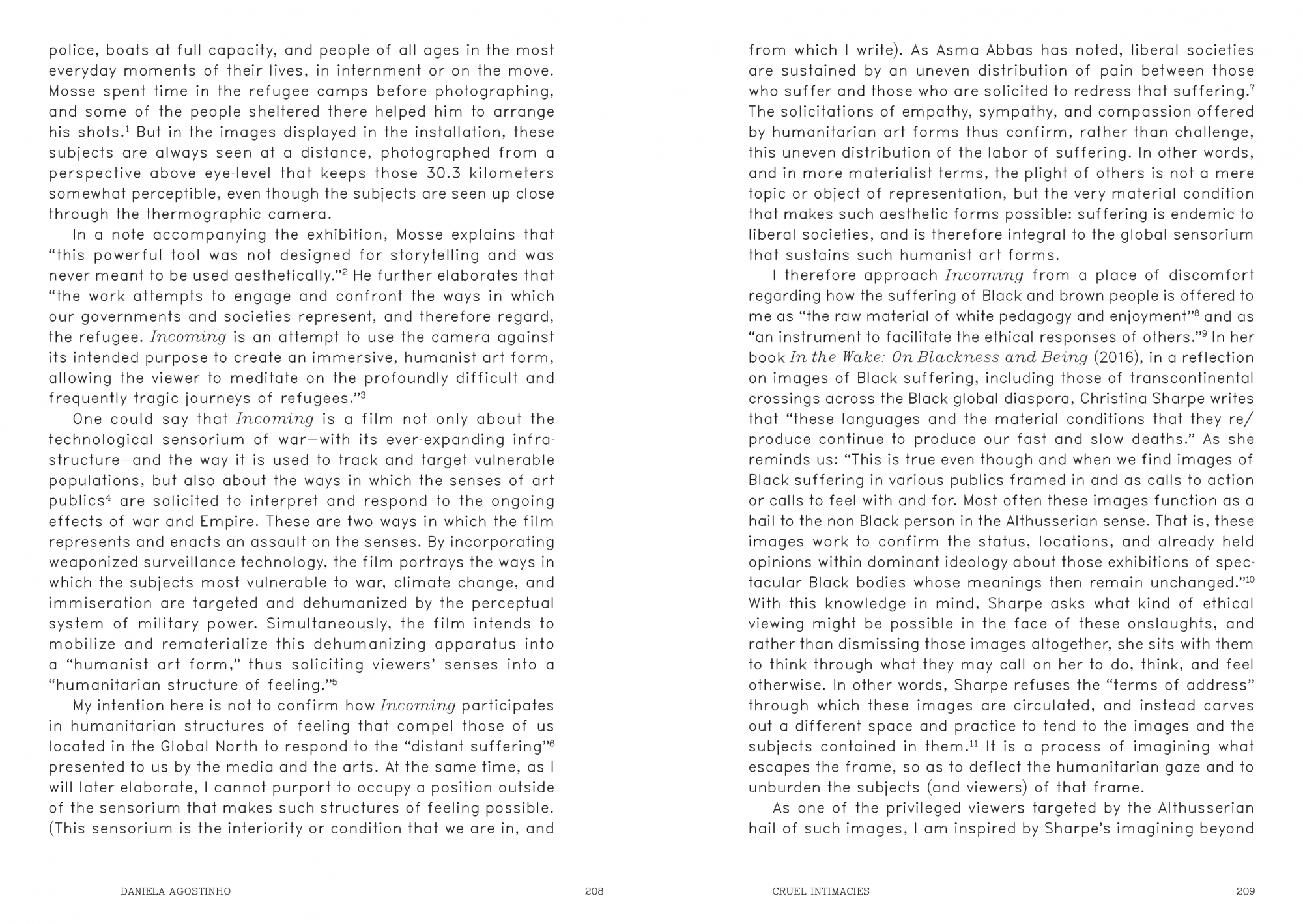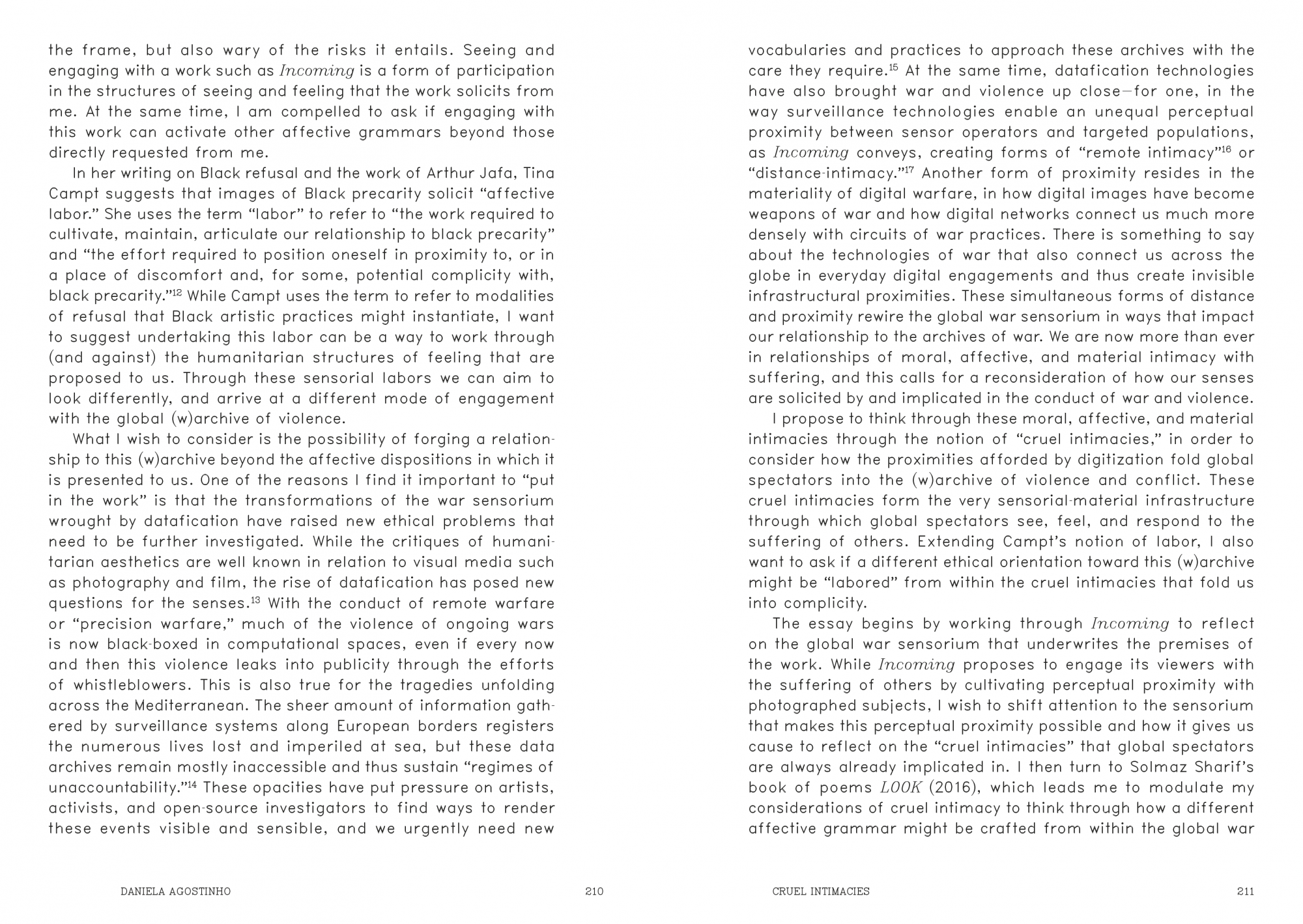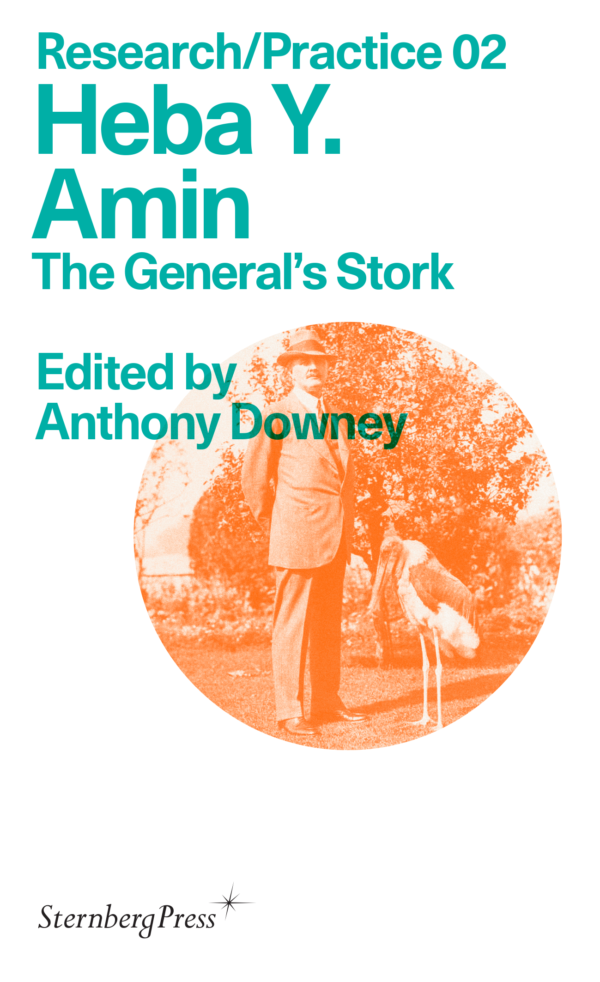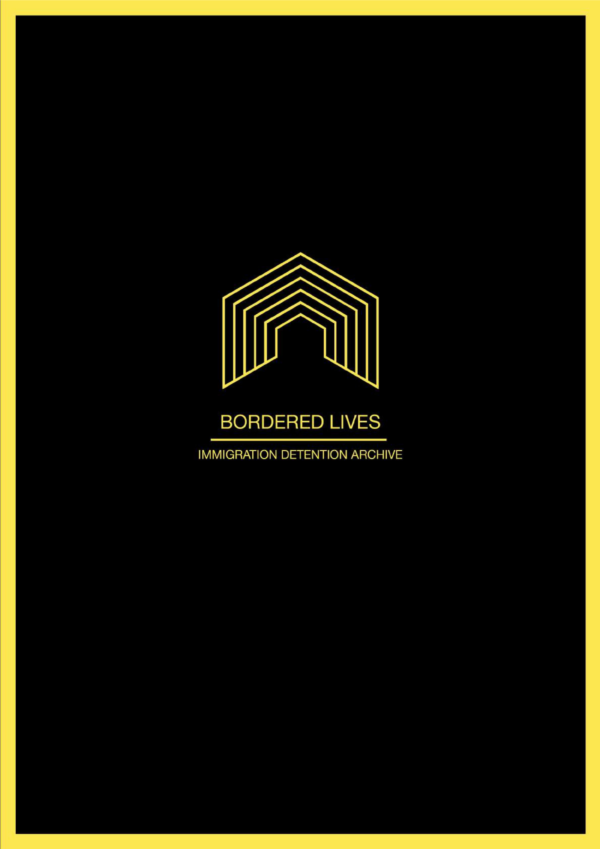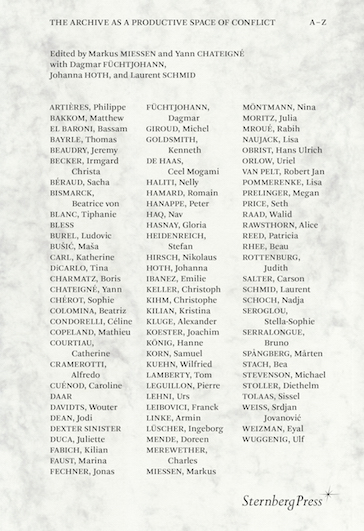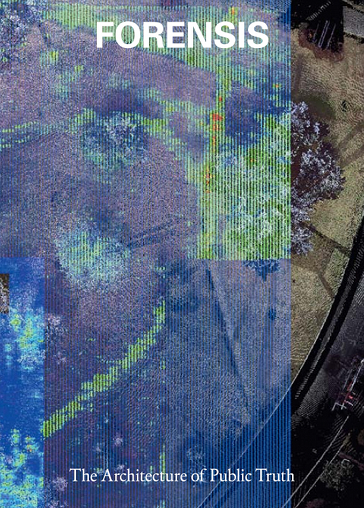Your cart is currently empty.
Cart
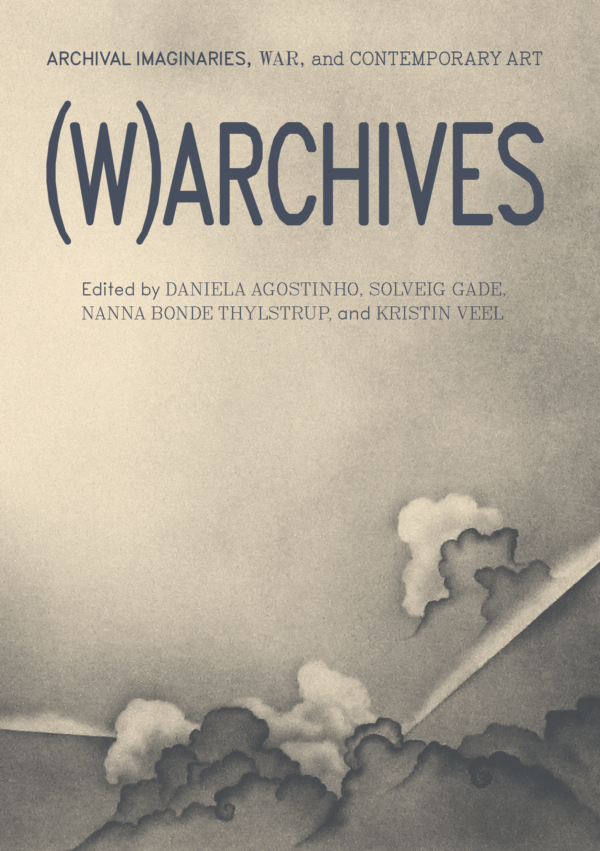
(W)archives
Archival Imaginaries, War, and Contemporary Art
Contributions by Daniela Agostinho, Heba Y. Amin, Ariella Azoulay, Svea Braunert, Anthony Downey, Sophie Dyer, Solveig Gade, Cristián Gomez-Moya, Sofie Lebech, Aimée Zito Lema, Kathrin Maurer, Kevin McSorley, Anders Engberg Pedersen, Dima Saber, Oraib Toukan, Sarah Tuck, Louise Wolthers, Arkadi Zaides
Digital and data technologies are actively transforming the archives of contemporary warfare. Bringing together a range of scholarly perspectives and artistic practices, (W)archives investigates digital archiving as an integral technology of warfare and how artists respond to these changes. Throughout the book, the (w)archive emerges as a term to grasp the extended materiality of war today, wherein digital archiving intersects with images, bodies, senses, infrastructures, environments, memories, and emotions. The essays explore how this new digital materiality of war reconfigures the archival impulses that have shaped artistic practices over the last decades, and how archives can be mobilized to articulate political demands, conjure new forms of evidence, and make palpable the experience of living with war.
Book launch for (W)archives: Archival Imaginaries, War and Contemporary Art moderated by Daniela Agostinho and Solveig Gade, hosted by The Mosaics Room, London. Watch the archived video here.
Beautifully curated, this volume delves into the concept, and manifold manifestations, of the Archive. As the clever orthography suggests, the war-archive/(w)archive constitutes a complex and diverse assemblage, wherefrom discursive practices and (im)materialities emerge interwoven, at once in mutual reinforcement, at once at odds with one another – much like the complex and paradoxical relations of war itself. Each of the fifteen chapters shed light on a particular dimension of the (w)archive – from historical cartographies to contemporary big data repositories; from abstractions to sensuous experiences; at once documenting and documented. Aesthetic dimensions and considerations are foregrounded throughout, introducing the reader to an impressive range of art works, discerningly and disarmingly interpreted. The beautifully presented softback itself references the ambition of the editors, who over and over again allow the ugliness of war to come up against the elegance of analysis and critique. Perhaps the greatest achievement of the volume as a whole is its disruption of settled epistemologies: we are all implicated in the writing of war, and failure to recognize this comes at the peril of failing to see war itself.
—Caroline Holmqvist, Swedish Defence University, Stockholm
